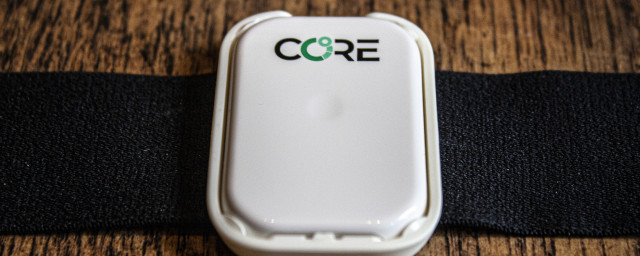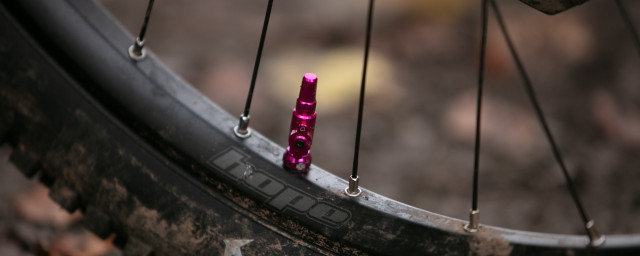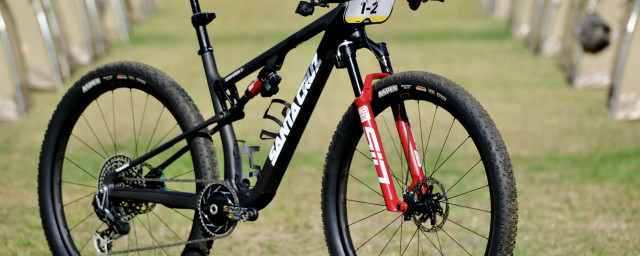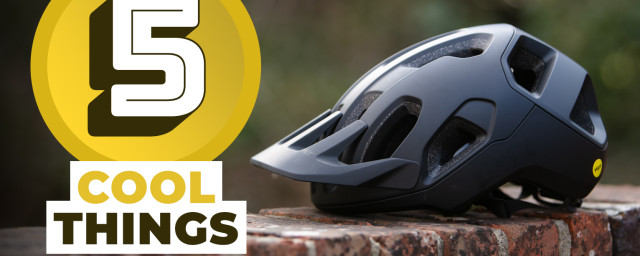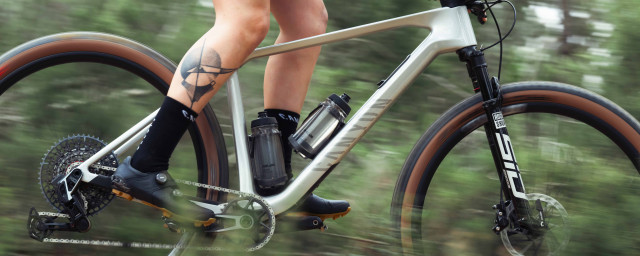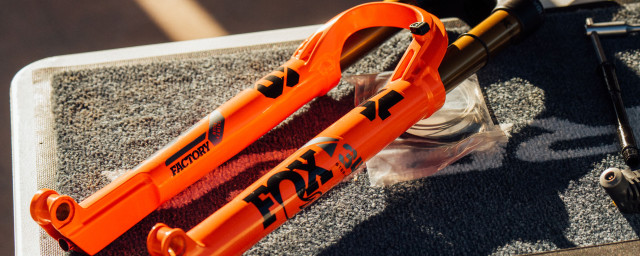How to service a headset and replace headset bearings
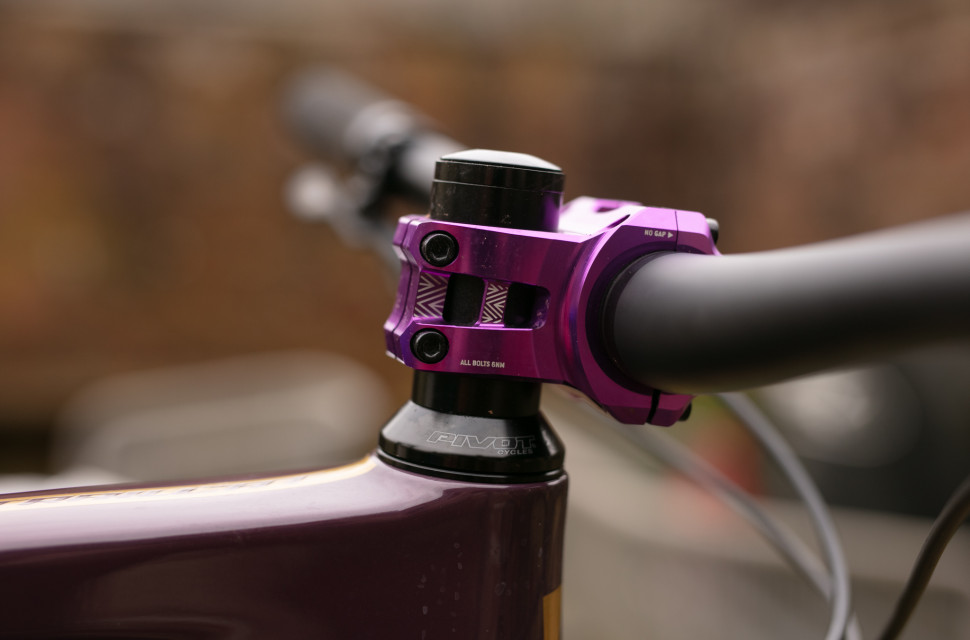
Whether you ride road, gravel or mountain bikes, your headset is one of the most important components as it's responsible for holding your fork in place while translating steering inputs to the front wheel. It's also a component that has to cope with all of the forces you put your front wheel and fork through, so neglecting to keep on top of your headset servicing could damage your frame.
- Welcome to Home Mechanics' Week - a DIY extravaganza
- Bearings on a bicycle: everything you need to know
- Cartridge vs. cup-and-cone bearings: Everything you need to know
Headsets create accurate and confident steering. If your headset develops play, you could suffer an unexpected terrain deflection or steering malfunction at speed, creating the potential for a nasty crash.
More durable than most components, headsets can last many years, especially if they are regularly greased and have bearings replaced. Headsets are also dead easy to service at home.
If you are going to open the headset and have all the tools present, should you consider upgrading to a better specification bearing? It’s an option. Enduro Bearings are a great aftermarket choice with a lifetime warranty. So are sealed ceramic cartridge bearings, which are very expensive but promise to outlast steel bearings by a considerable margin. Ceramic bearings don’t corrode and rust when exposed to moisture ingress, like steel bearings.
How do I find replacement headset bearings?
Modern mountain bike headsets come with one of two bearing types. The most common are sealed cartridge bearings which are chosen for their ease of maintenance and better weather resistance. Usually found on cheaper, sub £1,000 mountain bikes are cage bearings which are a collection of ball bearings held within a cage. These units themselves aren't sealed, relying on sealing externally.
If you're using sealed cartridge bearings, they'll have their specification marked on their seals and/or outer race. Those markings can look like 'ACB4545 4252 SS' which refers to an Enduro Bearings ACB bearing with a 45-degree inner and outer chamfer.
Cage bearings are measured using their inner and outer diameter. With that, measure your existing bearings and replace them with fresh bearings of the same measurements.
Regardless of the bearing type you have, each is requires the same service method.
Testing the headset
How do you know that a headset requires some attention? The easiest test is activating your front brakes and rocking forward on the handlebars. If you feel fore-and-aft play, you know the headset requires some care.
Cage bearings are measured by their inner and outer diameter.
Need new bearings or just a simple adjustment?
Often, the issue with a headset is just some rudimentary mechanical fastening.
A headset with very slight play could merely require a little fastening. You want to tighten the preload bolt, which is the one in the middle of your stem top cap. Nearly all pre-load bolts can be tightened with a 4mm or 5mm Allen key but make sure to loosen your stem clamp bolts before making any adjustments. Tightening the headset preload bolt without loosening your stem will damage the preload bolt.
The tools you need for a headset-bearing service
If your headset needs more work than just some preload bolt tightening, you want to gather those home mechanic tools and prepare to clean cups, freshen the grease or replace bearings.
Your headset service tool selection should be the popular and dutiful Allen key sizes (4-, 5-, and 6mm), a T25 torx key, grease, and rags to wipe grit and keep everything tidy. As we're removing old grease from a bike, a degreaser is a must and a rubber mallet can come in handy, too.
As you'll be dropping the fork out of the frame, you'll need a good workstand, too.
How it's done
1. Take a stem profile pic before starting
Before loosening anything, take a clear photograph of the stem spacer stack on your mountain or gravel bike’s cockpit.
Stem position is a deeply personal rider feature, and even the slightest deviation from what you’re used to can affect a rider's body position over the bike. By taking an image of the number of spacers under your stem, you’ll know exactly how to have that ideal stem position again after reassembling everything.
2. Be careful with cables
When removing the handlebars, the most important thing is to avoid kinking your brake, shifter, and dropper post cables.
Once you’ve loosened the top cap with an Allen key and released the stem bolts, you can slide the stem and spacers off with the handlebar.
Plan to place your handlebar in a manner that doesn’t strain or needlessly kink the cables. A smart solution is to use a toe-strap strap or any soft tie-down material to attach the handlebar to your frame’s top tube while you’re working on the headset.
3. Remove your fork
With your cockpit removed and safely secured, your fork needs to come off next. The fork should slide out easily but if not, a tap with a soft-faced mallet on the side of the steerer will free the fork.
The fork can be stored with the brake caliper and wheel in place but if you're not keen for a cumbersome and unruly balancing act, removing both will make for a painless task.
4. Clean and regrease, or do you need new bearings?
With the fork removed, you can get to the headset bearings and assess what needs cleaning – or replacing. Your mountain bike headset will most likely have sealed cartridge bearings, or if it’s fitted with a more affordable headset, it could be a cup-and-cone type with exposed ‘open’ bearings in a cage. Most modern mountain bikes feature sealed headset bearings.
Headsets have two cups at the top and bottom of the headset. Regardless of your headset’s bearing configuration, you want to clean those cups to remove any old grease using a cloth and degreaser.
5. Check the condition of your bearings
Sealed bearings don’t give you direct access to the bearings to check their shape and mechanical health. However, if you're running cage bearings and they're showing clear signs of rust and corrosion, you can see that they're due a change.
With cartridge bearings, you’ll need to remove the sealed cartridges containing the bearings, then rotate them by hand, gauging smoothness. Smooth bearings are good, any roughness in in the bearing's rotation suggests that they're wearing out. Play between the bearing's races means that the bearing is completely worn out.
As the headset is disassembled, using a degreaser, clean the cups of old grease and if you plan on reusing your headset bearings, clean them, too.
6. Clean your fork steerer
When remounting the fork, you don’t want all those contaminants on the fork steerer to return to the headset. Clean the fork steerer and apply a bead of grease to the crown race (the bit on the fork that contacts, supports, and seals the lower bearing) and areas that'll contact the upper bearing. Adding grease to the whole steerer will attract dirt while providing little benefit.
7. Regrease the cups and replace the bearings
Now that your headset is completely clean, add a bead of grease to all of the surfaces that contact each other. So that's the cups, the crown race on your fork and the bearings themselves.
Sit the upper bearing in its cup, slide the lower bearing onto your fork, and reintroduce the fork to the headset.
8. Reassemble your headset
With the fork back in place, the first thing you want to do is reinstall the preload ring, dust cap, and any spacers that sit underneath your stem. You'll need to support the fork with a hand before you slide the stem in place and lightly tighten up one of the steerer clamp bolts - this will keep your fork in place, allowing you to reach for any other spacers and the top cap.
Put any additional spacers in place, along with the top cap but you don’t want to overtighten anything at this stage because the headset still needs to be set for tension.
Remove the bike from the work stand, if you're using one, and tighten the top cap, making sure that the headset seats correctly.
9. Test and tighten
If everything feels solid, you are ready to retighten everything, starting with the top cap pre-load bolt – but remember, gentle adjustments are best. You don’t want to overtighten the headset. It should move freely through the full range of motion without requiring much force, with just a light touch on either handlebar end.
Once the headset is correctly preloaded, only then can you realign your handlebar and torque the stem bolts to the manufacturer's specification.










